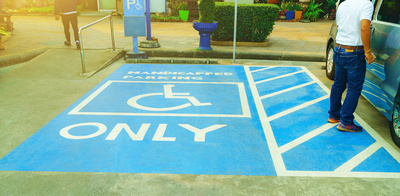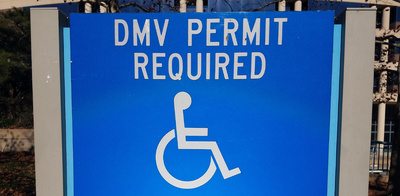
Options Surrounding Disability and Health Promotion
Disability Affects us All
That includes the health sector, communities, and access to reliable and viable healthcare among most disabled people in the United States.
61 Million Adults Live With at Least a Single Disability in the USA
As per United States graphics, every one in four people (26 percent of adults) live with a disability of some type.
That percentage is highest in the south.
Percentage of Adults With Functional Disability Types
Mobility disability – Accounts for 13.7 percent of people with disabilities, and these individuals typically have serious stair-climbing and walking challenges.
Independent living disability - Precisely 6.8 of people with disabilities can't live independently and have difficulties doing errands.
Vision disability – 4.6 percent of all disabled people have sight problems, including blindness, and have no vision even with aiding glasses.
Cognition disability – 10.8 percent of disabled people can't make decisions independently and have acute problems remembering and concentrating.
Sound perception disability – Of all disabled people, 5.9 percent are deaf and find it challenging to perceive sound.
Self-care disability – 3.6 percent of people having a disability have difficulty taking care of themselves and find it challenging dressing and bathing.
Disabilities and Communities
Primarily women, older adults, and minorities are among the groups having disabilities
1 in 4 women lives with a disability.
Every 2 in 5 adults beyond 65 years is living with a disability.
2 in every 5 Alaska natives or non-Hispanic American Indians live with a disability.
Disability and Health
A significant number of adults living with a disability tend to smoke, get obese, suffer cardiovascular diseases, or are diabetic.
About 28.2 percent of disabled people smoke, while only 13.4 percent of those who don't have any disability don't.
38.2 percent of disabled adults are obese, and only 26.2 percent of people who aren't disabled are obese.
About 16.3 percent of adults living with a disability are diabetic, and only 7.2 percent of those who don't have a disability are diabetic.
11.5 of disabled adults have heart disease, contrary to only 3.8 percent of those who don't have a disability.
Disability and Health Care Access
Barriers for healthcare access by adults who're in the working-age include:
One in every three adults having a disability between 18 and 44 years has an unmet health care need due to last year's cost.
The exact number and age range of people also don't have a usual healthcare provider.
One in four adults having a disability with an age range of between 45 and 64 years didn't conduct a routine medical check in the last year.
Making a Difference
We all are entitled to a fair share of public health.
Please work with us (CDC and its partners) to improve the health of people living with disabilities.
In concerted efforts with our partners, we improve the health of people living with disabilities by:
· Keeping close track of public health data,
· Promoting healthy living,
· Creating an inclusive health program,
· Increasing health care access,
· Reducing health disparities through research.
This information is brought to you by the CDC and the National Center on Birth Defects and Developmental disabilities.
Check out references and inforgraphic at: www.cdc.gov/disabilities/
Reach out through: disabilityandhealthbranch@cdc.gov
You can get your handicap parking placard online today
References
1. Centers for Disease Control and Prevention. Disability and Health Data and Health Care Access by Disability Status and Type Among Adults —United States, 2016. MMWR Morb Mortal Wkly Rep 2018;67:882–887. DOI: http://dx.doi.org/10.15585/mmwr.mm6732a3external icon
2. Okoro CA, Hollis ND, Cyrus AC, Griffin-Blake S. Prevalence of Disabilities and Health Care Access by Disability Status and Type Among Adults —United States, 2016. MMWR Morb Mortal Wkly Rep 2018;67:882–887. DOI: http://dx.doi.org/10.15585/mmwr.mm6732a3
.png)






